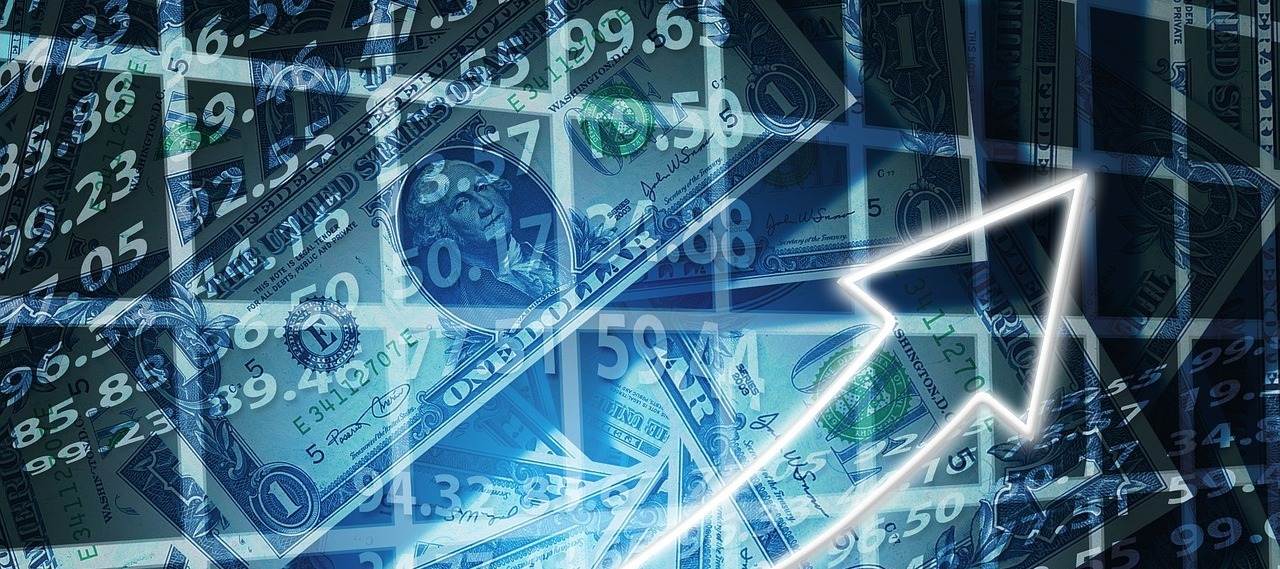
How digital experiences are fueling the new digital economy
The reign of the digital economy is upon us. It’s become increasingly difficult to differentiate between the digital economy, the physical economy, and service economies since digital technology and the internet now mediate so many transactions across every industry. By now, even the traditional barbershop has realized that offering a great digital experience is the key to business survival.
“The digital economy” and “the economy” may not yet be synonymous, but that gap is quickly closing. A recent analysis predicted that digital and digital-transformed businesses would account for $53.3 trillion, roughly half the United States’ Gross Domestic Product, by 2023. And, because these projections don’t account for free goods and services in the digital economy, some economists believe that the given estimates are likely too conservative.
New expectations are the new normal
In 2011 venture capitalist Marc Andreessen observed that “software is eating the world.” Ten years later, the coronavirus pandemic has only made tech hungrier. The emblematic experience is now digital, unfolding on the screens of our computers, tablets, and phones. In the first lockdowns, people who might never have ordered groceries began using mobile apps like DoorDash; an obscure teleconferencing system Zoom became as familiar as Google and Facebook. With emergency rooms overfull and hospital staff overextended, many routine medical interactions migrated to telehealth, which McKinsey predicts could be a quarter-trillion-dollar business.
For businesses in the digital economy, the biggest byproduct of moving everything on-screen and online was that consumers increasingly expect their needs to be met through digital experiences. The average consumer has now internalized Amazon-style one-click convenience as their baseline. Disappoint them and they’ll take their business elsewhere, “walking” to the next business with a few screen taps or keystrokes. A sticking point that slowed down a transaction yesterday is likely to cancel that transaction today. When a check can’t be deposited via a credit union’s phone app, when a local restaurant’s website doesn’t load, when a digital storefront is not integrated with familiar payment processors — customers simply leave. And odds are they won’t return to give the platform a second chance.

The three I’s in a digital economy
How will businesses compete in this increasingly digital environment? Just as they have always done: serving the needs of their customers. What’s changed is that being a leader today means setting the bar for the digital experience, and then raising it, again and again. The best companies will do this by adhering to the three i’s: information, insight, and iteration. Armed with a wealth of data and a powerful set of new tools, the next generation of industry leaders will be those who focus on continuously improving the digital experience they provide their customers. With frequent releases and updates, they’ll keep setting — and then exceeding — new standards of accessibility and ease-of-use.
Information
Digital businesses produce terabytes worth of information every day, but relatively few businesses capture all the data their customers produce. This is leaving money on the table in a digital economy. How long does the average potential customer spend on the website or in the app? Where do customers exit the sales funnel? What age groups don’t react to your sales pitches, and in which cities do your biggest fans reside? This information is the foundation of best-of-breed digital experiences.
Insight
Data tells stories that people alone cannot decipher. While broad trends may be obvious even to an amateur at statistics, best-in-class insight draws on the subtle, the hidden, and the counterintuitive. A portion of your website that seems intuitive and friendly to your design team might in reality be a point of consumer friction; another page might send unduly high numbers of customers to their browsers’ “back” buttons. Assumptions and gut feelings about customer experience may not reflect reality, and even when they’re broadly correct, specifics are more useful than generalities.
Iteration
All the insight in the world is useless unless it’s put into practice. In a time of rapid and disconcerting change, businesses cannot rest on past accomplishments: They must continuously reintroduce and refine their offerings. A/B testing, revised sales funnels, and tweaked landing pages all have parts to play. The most successful of today’s major digital economy players, like Amazon, Netflix, and Google, are constantly tweaking their websites and updating their apps in hopes of producing “stickier” and more convenient experiences. The information-insight-iteration cycle should only end when the business does: Each new product iteration that goes online provides further information for the business to distill into insight. This knowledge gets quickly incorporated into the next release. The customer gets a better and more satisfying experience; the company increases revenue and lifetime value.
As the OECD reported, the economy now faces “COVID-19 induced digital acceleration.” The digital economy of 2023, when digital business is set to account for half of GDP, will doubtless hold many surprises for even the best-informed prognosticator. Businesses cannot expect that their December 2021 offerings will suffice for January 2022, much less January 2023. As we enter a new era of digital competition, the would-be winners of tomorrow must continue to gather the data that they need to innovate and to iterate. Customers demand better digital experiences. Businesses that fail to adapt should plan for obsolescence.
© 2022 LeackStat.com
